Stephen Romano’s Kingdom: PHANTASM FOREVER Part 2

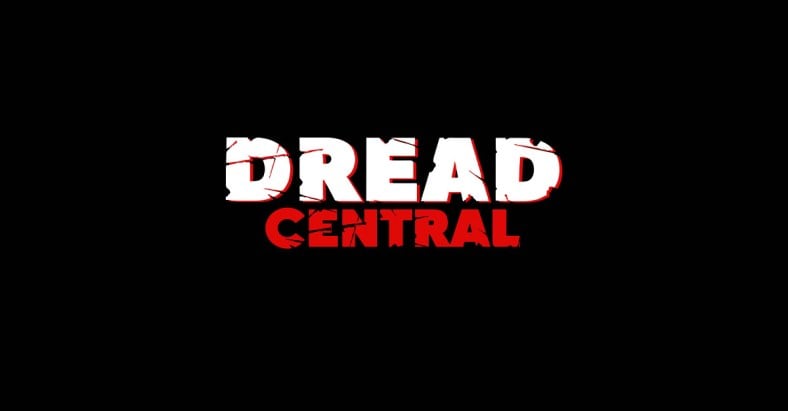
CHAPTER 2: FIVE YEARS OF PHANTASM
When I presented my stack of spec scripts for a proposed Phantasm TV series to Don Coscarelli in my living room, he blanched at first. We had just finished an epic adventure together, three days of Phantasmania—the world’s first and only Phantasm film festival at the Alamo Drafthouse—and I thought the time was right to pitch my ideas to him. But he still looked at me funny and started backing away slowly.
He quickly explained that he was wary of “fan-generated properties” because there were always legal ramifications. I probably should have anticipated this reaction—and, in fact, I had. It was the reason why I’d held my tongue in abject terror bided my time until the very last minute, and had waited until he was walking out of my house on Sunday, to pitch my scripts. This was a bold play for me—and not the way things like this are usually done with any real success. You know that video of Kevin Smith where some random fan stands up at one of his shows and asks him, point-blank, to read one of his screenplays? Yeah, I was being that guy. Times three. I realized with a cold chill that my audacious Rupert Pupkin move was just that—a fucking Rupert Pupkin move. Remember what happened to that guy? Watch the movie. He ends up getting arrested and goes to prison.
But then again, Rupert also ended up hosting The Tonight Show.
Courage, my lad.
I decided to come at Don the way he had come at me during the festival. Honest. Sincere. And as a friend. After all, we had become friends, hadn’t we? I hoped we were friends anyway. So I launched into some kind of song and dance right there that involved calm reassurance and holding up my hands up in gentle gestures of “don’t worry.” (Inside, I was panicking like a drug-addled chipmunk.) I told him that there’s was no way I would ever sue him for reading my stuff. I told him there would be no psycho stalking. I told him I was a real professional and that this was a professional proposal, the way Phantasmania had been.
Most importantly, I told him this: If he wasn’t interested in making the TV episodes I had written, well, maybe we could do my scripts as a comic series. You see, I had enlisted my frequent comic book artist collaborators from that period of my career and had done the Phantasmania film festival posters and program guides in a black and white sequential art format, including a mini-adaptation of the movies. Don had really liked that.
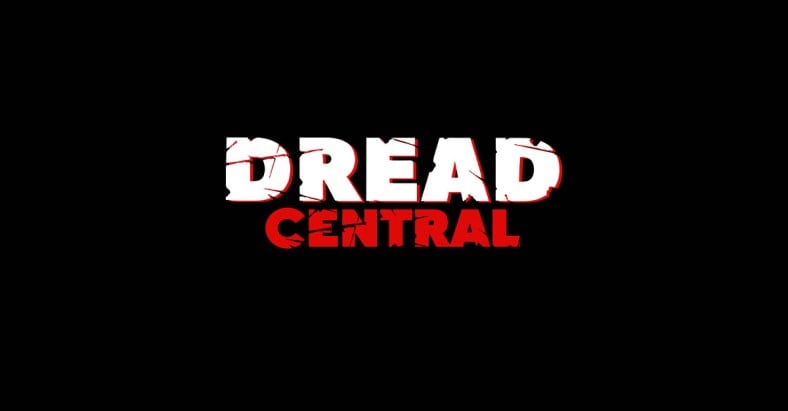
It looked like this.
Neat, huh? Gives you some idea of the boundless energy I had back then. The Phantasm mini-comic was done completely for free, by the way—everyone pitched in to get it done for no money at all, just because we were all nuts and wanted to see the festival be the best thing it could possibly be. Don had been so impressed by the energy level that he’d actually quizzed me earlier in the weekend about what it might take to make a full-length Phantasm comic. So I seized on that as my “in.” I laid it all down for him, held my breath and waited for his reaction.
Don stopped backing away.
A light seemed to come on above his head.
I think he knew, right then, that I could be a dedicated ally. After all, I’d organized this whole film event that championed his life’s work and I’d managed to write a bunch of scripts at the same time, just to impress the fella. So, in the end, he actually did take my scripts home and he read them. And he called a few weeks later to say he really liked what I had written.
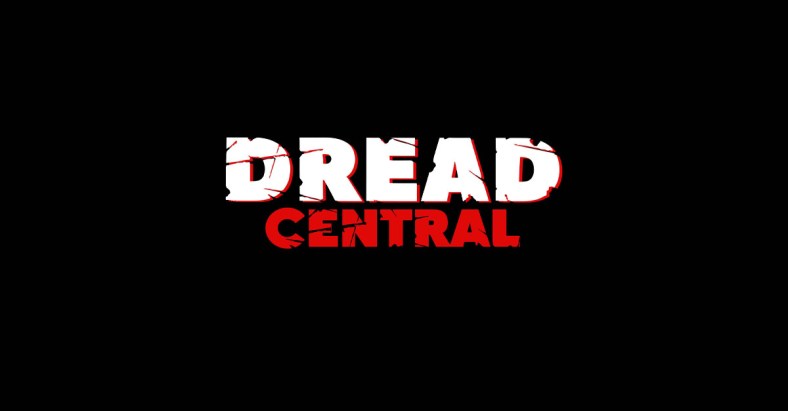 “Let’s do the comic book,” he said.
“Let’s do the comic book,” he said.
And so that’s just what we did. I adapted the scripts into a wild, four-part epic that had even MORE stuff in it, including a couple of really outrageous new characters (one of whom found his way into my later illustrated novel “Shock Festival”), and Don enthusiastically approved them. “I think you did a bang-up job,” he told me. Those sentiments would later be echoed in a glowing afterword he would write for the end of issue one, which was beyond flattering and sort of cemented my place in the “Phamily” of Phantasm. It was indeed an honor to play in this universe and be granted so much creative freedom to really expand things into what I felt was a sort of “thinking man’s science fiction” approach.
The problem was that we actually had to make those comic books happen.
This was not easy.
It took me almost a full year to get the artwork for issues one and two completed, because people were still not being paid and I, myself, was working on spec. I’d started a new publishing imprint during that time with a friend, but it was all pretty fly-by-night. Like Phantasmania, we just got it all done however the hell we could. On “Phantasm” issue one there were five different artists involved and it was about as low tech as you can get. All the editing and lettering was done by myself with actual scissors and glue, cut-and-paste style, and we found a computer colorist who worked for free also. (Don later gave him some paying work doing promo materials for his new film, so it wasn’t a total loss for him.) I just went out and made it happen, while Don went off and filmed Bubba Ho-Tep. A year after Phantasmania—on the exact-day anniversary of the film festival, in fact—I arrived on the set of Bubba with my Kingdom buddies and I presented Don Coscarelli the finished, lettered artwork for the first issue of “Phantasm: The Comic Book” during a break in the action.
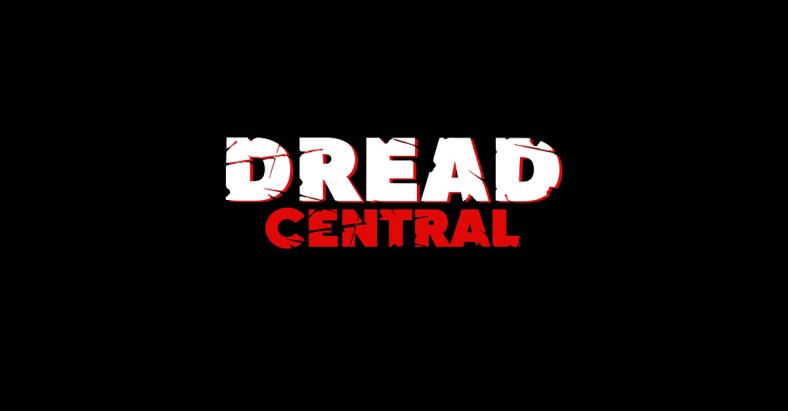
This is all the Kingdom guys with Don, at the abandoned medical facility where Bubba Ho-Tep was shot. Don is holding a photo album I made for him of snapshots from Phantasmania.
The Bubba set was filled with wild renegade energy, and tons of hard work. It was amazing to watch them film that movie. We were there for almost all of the classic scenes. Don barely even had time to sit with me between takes on an actual grassy knoll and thumb through the Xeroxed black and white pages of my comic book. His reaction was tempered by his obvious distraction—I mean, come on, Stephen, the guy is shooting a MOVIE right now, what the fuck did you expect?—but after I had returned to Austin and the shoot ended, he called to tell me it was awesome. Months later, after the first issue was printed and the finished, full-color glossy books arrived at his house, he called again to say he thought I was a genius. He literally used those words. “Stephen, you’re a goddamn genius.”
Wow.
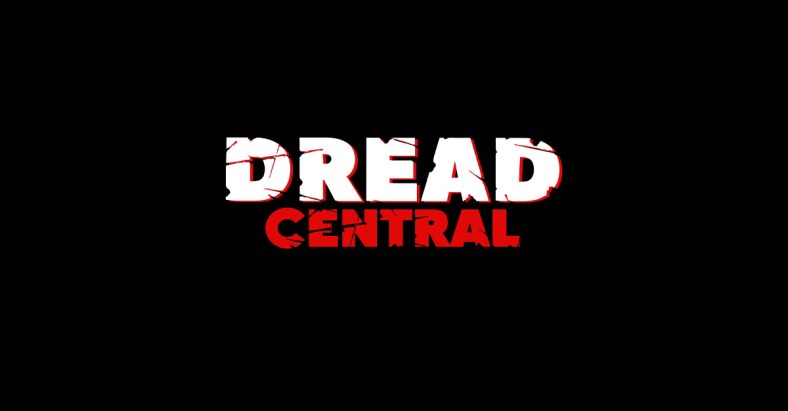
This is an image of me on the main set of Bubba. Elvis’s room. If I ever start a pretentious goth band, this motherfucker is going right on the cover of the our first album.
At the San Diego Comic Con the next year when we world premiered the comic book, Don invited me to write the next Phantasm film with him. I was stunned. Speechless. My Rupert Pupkin move had worked—and I didn’t even have to go to prison!
It should be noted that this experience—and other experiences like it—were all part of my training as an artist. They were tests I set in front of myself, to see if it was possible to hit elusive marks. See, it wouldn’t have mattered if Don had told me to get lost when I came at him with the finished products—what mattered what making myself produce this stuff. Practicing my skill set as a writer. It would all be down on paper, and burned in my synapses forever. That’s what a lot of people don’t understand about early work or work that ends up “going nowhere.” At the time, I was just entering my 30s, and I felt there were miles to go before I became a real seasoned professional. Every year I looked back on previous projects with a chill of embarrassment, seeing it all as schoolwork. But I was developing a hard and relentless work ethic during this time that would serve me well in later years. I still call on it now, to make impossible deadlines, while producing decent stuff.
See, the thing is, Rupert Pupkin was actually a pretty talented guy.
He just needed his shot.
And the opportunity to grow into himself as an artist.
 For those of you (all five of you) who may be unfamiliar with what the Phantasm pictures are all about, I will give you a bit of a primer. The first one deals with a young boy named Mike who is haunted by a strange figure at the local cemetery—a “Tall Man,” who appears to be a very serious undertaker at first, but turns out to be a supernaturally-powered grave robber from outer space, crushing dead bodies down to dwarf-size and shipping them off to his planet through a dimensional spacegate. Mike enlists the aid of his brother Jody and their friend Reggie and they go against The Tall Man in various episodes, until the whole film is revealed to be a dream at the end—some strange fantasy Mike has concocted because Jody is actually dead in the real world and Mike is at the bottom of a tormented grieving process. But guess what? In the final ten seconds of the movie, The Tall Man returns to yank Mike back (literally!) into the nightmare.
For those of you (all five of you) who may be unfamiliar with what the Phantasm pictures are all about, I will give you a bit of a primer. The first one deals with a young boy named Mike who is haunted by a strange figure at the local cemetery—a “Tall Man,” who appears to be a very serious undertaker at first, but turns out to be a supernaturally-powered grave robber from outer space, crushing dead bodies down to dwarf-size and shipping them off to his planet through a dimensional spacegate. Mike enlists the aid of his brother Jody and their friend Reggie and they go against The Tall Man in various episodes, until the whole film is revealed to be a dream at the end—some strange fantasy Mike has concocted because Jody is actually dead in the real world and Mike is at the bottom of a tormented grieving process. But guess what? In the final ten seconds of the movie, The Tall Man returns to yank Mike back (literally!) into the nightmare.
Confused yet?
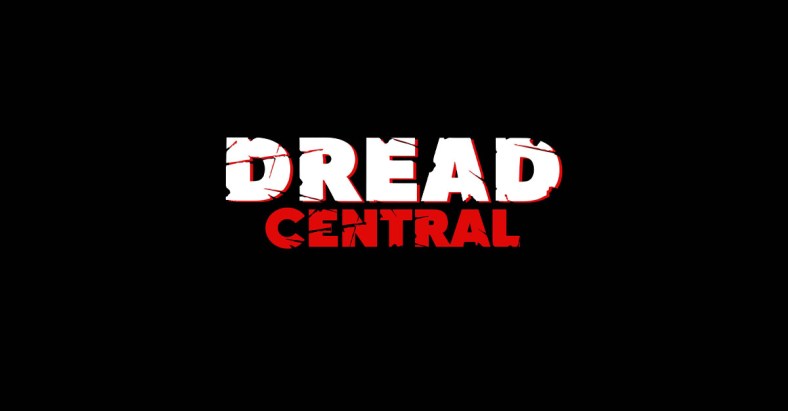 The film is one of a kind, really. It was extremely successful when initially released in 1979, but met with varied reviews. It’s almost non-linear in sections, brimming with dream-within-a-dream conceits and wild filmmaking risks—and, yet, at its heart, what you have in the end is basically a monster movie, full of scares and special effects. The key image that everyone remembers is the floating Silver Sphere, a chrome-plated “digital vampire” that chases after you, slams into your forehead with protracting daggers and sucks your brains out with a spinning drill. Don once told me that the film was a lighting-in-a-bottle moment in his life as a creative professional. I could relate.
The film is one of a kind, really. It was extremely successful when initially released in 1979, but met with varied reviews. It’s almost non-linear in sections, brimming with dream-within-a-dream conceits and wild filmmaking risks—and, yet, at its heart, what you have in the end is basically a monster movie, full of scares and special effects. The key image that everyone remembers is the floating Silver Sphere, a chrome-plated “digital vampire” that chases after you, slams into your forehead with protracting daggers and sucks your brains out with a spinning drill. Don once told me that the film was a lighting-in-a-bottle moment in his life as a creative professional. I could relate.
The sequels bear this out, as they are each radically different in tone, intent and theme. Phantasm II picks up years later, with a new actor playing grown-up Mike, as Reggie joins him on a cross-country search-and-destroy mission. Phantasm III picks up just after that, continuing the more linear storyline, putting Reggie out in front as the main action hero . . . and this continues through Phantasm: OblIVion (the “IV” are the roman numerals for 4, get it?), as Mike realizes he is a sort of ascendant to The Tall Man’s power and a few details about his origins are revealed. Coscarelli went for a for a more dream-like tone and ending that time, leaving many unanswered questions lingering in the ether.
Questions I wanted to answer.
Don liked my answers, and we set to work together.
I’ve always been a good collaborator, and enjoy the “spitballing” process of creating stories in concert immensely. Don told me that working with me was like “plugging his finger into a spark plug” and the ideas would flow faster than we could get them down on paper. Over the five  years that followed, there were actually several Phantasm-related projects I was involved in, including the comic book and a re-make developed for New Line Cinema. But that version never really went anywhere. We were very excited by the remake idea. It contained a device somewhat similar to the Star Trek reboot, in which we were able to bring young new faces together with the old ones, so that it was a sequel and a reboot all in one. This allowed us to keep a sort of integrity to the material and it was a fun script to write. At one point I even enlisted Michael Broom, our key artist on the Phantasm comic, to come up with some ideas for the wild new creatures we had in mind. He drew these sketches (pictured here for the first time ever) right on the back of the script pages I gave him to read. He was still pitching in for free back then, but Michael later made us all very proud when he got totally professional as a creature designer and worked on many Hollywood movies, including The Cabin in the Woods and The Mist. (He’s still kicking ass at it too!) Meanwhile, horror re-boots went through the roof, starting with Dawn of the Dead in 2004. Remakes are still pretty much through the roof these days, too, though Phantasm remains untouched. The New Line incarnation sort of fizzled before it could really get moving because the deal they offered Don was never in the right spirit. Don is big on integrity when it comes to these things. He’s walked away from some other pretty big-deal Hollywood stuff on similar grounds. Which is pretty heroic, really.
years that followed, there were actually several Phantasm-related projects I was involved in, including the comic book and a re-make developed for New Line Cinema. But that version never really went anywhere. We were very excited by the remake idea. It contained a device somewhat similar to the Star Trek reboot, in which we were able to bring young new faces together with the old ones, so that it was a sequel and a reboot all in one. This allowed us to keep a sort of integrity to the material and it was a fun script to write. At one point I even enlisted Michael Broom, our key artist on the Phantasm comic, to come up with some ideas for the wild new creatures we had in mind. He drew these sketches (pictured here for the first time ever) right on the back of the script pages I gave him to read. He was still pitching in for free back then, but Michael later made us all very proud when he got totally professional as a creature designer and worked on many Hollywood movies, including The Cabin in the Woods and The Mist. (He’s still kicking ass at it too!) Meanwhile, horror re-boots went through the roof, starting with Dawn of the Dead in 2004. Remakes are still pretty much through the roof these days, too, though Phantasm remains untouched. The New Line incarnation sort of fizzled before it could really get moving because the deal they offered Don was never in the right spirit. Don is big on integrity when it comes to these things. He’s walked away from some other pretty big-deal Hollywood stuff on similar grounds. Which is pretty heroic, really.
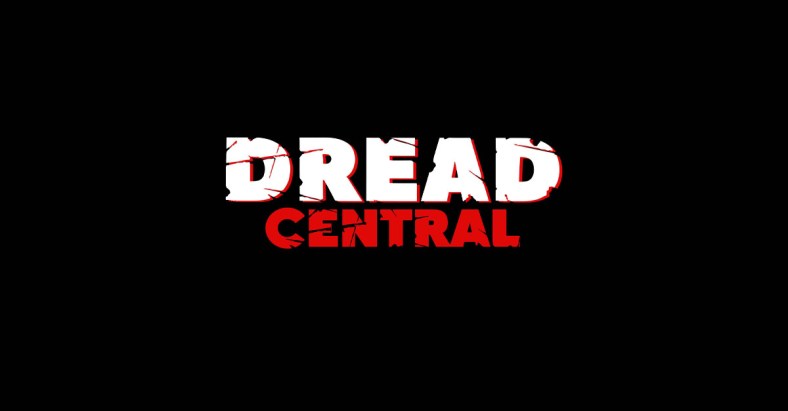 By 2004, I was beginning to reach a place of confidence and craftsmanship. I was 34 years old and had lived through so much weird shit at The Kingdom that it finally started coming out in my art. I had suffered and paid my dues. That was when I finally became a true writer. A real professional. Nearly everything I’ve done since 2004 is something I am still very proud of and don’t look back on as school work. That basically began with the short stories I was writing during that time. You can read them in my collection entitled “The Riot Act.” Weak stomachs need not apply.
By 2004, I was beginning to reach a place of confidence and craftsmanship. I was 34 years old and had lived through so much weird shit at The Kingdom that it finally started coming out in my art. I had suffered and paid my dues. That was when I finally became a true writer. A real professional. Nearly everything I’ve done since 2004 is something I am still very proud of and don’t look back on as school work. That basically began with the short stories I was writing during that time. You can read them in my collection entitled “The Riot Act.” Weak stomachs need not apply.
Late that year, Don finally came to me and said he wanted to buy my “Phan” scripts. He was interested in making some sort of episodic DV feature, and thought the wild ideas in those scripts were just the ticket. They dealt with very sci-fi things—far more metaphysical elaborations on the series than had ever been attempted before. It “set him on fire” in a fresh new direction. If you’ve read my Phantasm comic book, you have a fair idea of what those ideas were. I was less interested in explaining the linear origins of “The Tall Man” and much more intrigued with the bigger dream-within-a-dream notions, which were what had appealed to me about the first film. It’s random, nightmare-like quality. Could that be explained somehow? I thought it could. This was science-fiction, after all.
Don purchased my scripts and we set to work organizing them into a feature screenplay. He was very involved with the process, and suggested many new ideas. The final draft screenplay was called Phantasm ForeVer—with the “V” appearing as a roman numeral, of course—and it was just the kind of sequel I had always wanted to see. Don agreed. It would be a daring take. A ballsy take. (Cough, rolls eyes.) A film full of ideas—wild, ambitious science fiction ideas.
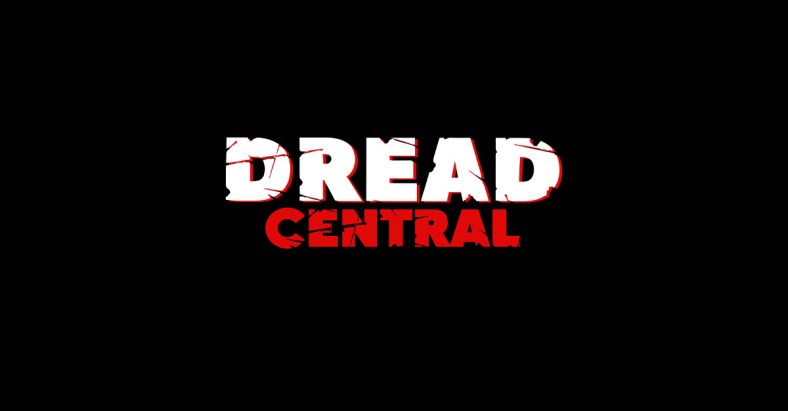
The process of refining and completing the screenplay was put on hold when Don got invited to create an episode for the Showtime anthology TV series Masters of Horror in October of 2004. In turn, he invited me to write it with him, which was a great honor, and my first WGA gig, which allowed me to enter the union at long last, and finally be paid what I was worth as a writer. Everything went on the back-burner until that project could be completed, which took almost an entire year, all told—though the screenplay itself was a quick and joyous process.
Don and I had developed a shorthand and a rapport, having worked together for five years, and we banged out that script in record time, having great fun with adapting Joe Lansdale’s short story “Incident on and off a Mountain Road” into a tight, smart, scary short film. I was later told by the producers that they used our script to seal the broadcast deal with Showtime networks, and the completed episode was so strong that it became the first to air. It was also the best-reviewed effort of Don’s entire career, in terms of unilateral numbers. That made me pretty proud.
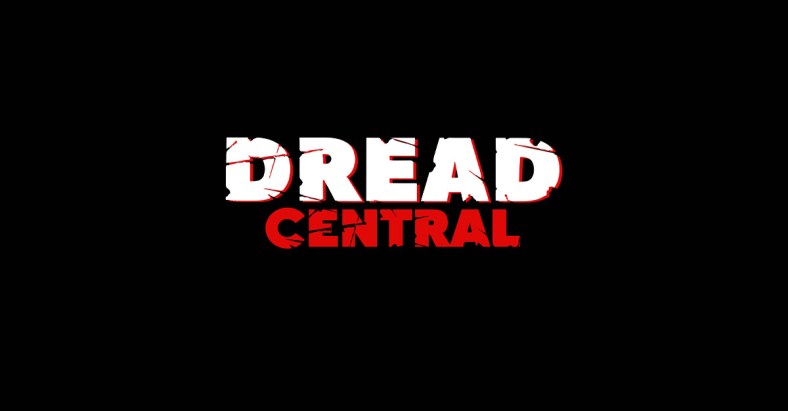
This never-before-seen photo is my favorite image of me on Masters. It was taken by Oscar-winning makeup legend Howard Berger of KNB in the second week of shooting.
The experience of actually making the movie was something else entirely. That is a whole other series of blogs, or maybe even a book. I was no longer a visitor on Coscarelli’s set. I was a full-blown collaborator. And making a movie is hard work. In the maelstrom of production, I was consulted on everything from casting to final cut. I was there for each and every shot Don called “Action!” and “Cut!” on. Our script was ambitious for the low budget we had to work with and it required a lot of support, talent, ingenuity and just plain sweat to pull off. In the end, it was a tragic and painful experience. And I’m not speaking for Don here. I mean that it was hard on me. For very personal reasons. Still, I am grateful that I went through it. I am grateful Don gave me that opportunity. I am honored beyond words that I contributed to his legacy. The script for Incident on and off a Mountain Road is still one of the best things I have ever written. I’m grateful for that, too.
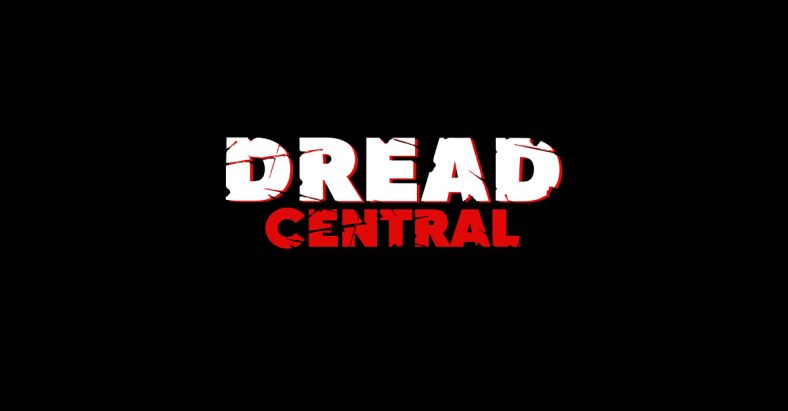
Howard took this picture too. It’s also never been seen before. Aren’t you lucky?
Don got back to work on Phantasm Forever the next year, which was 2006, and involved me heavily in the process, as he had on Masters. And Don isn’t a guy who asks for your opinion if he doesn’t really want it. He listens to you because he recognizes the creative juice in other people, and knows that good ideas are everywhere. His job as a director is to mine those ideas, to collaborate with others.
On Phantasm Forever we would go to great and unprecedented new places, but the film would plunge into a strange sort of oblivion before it could actually be shot.
Even though it actually was shot.
This requires some explaining, obviously.
NEXT WEEK: I do some explaining. About Phantasm Forever. Be here for the final chapter!
Stephen Romano’s new novel, NOW AVAILABLE in EBOOK from Simon and Schuster
Categorized:News


